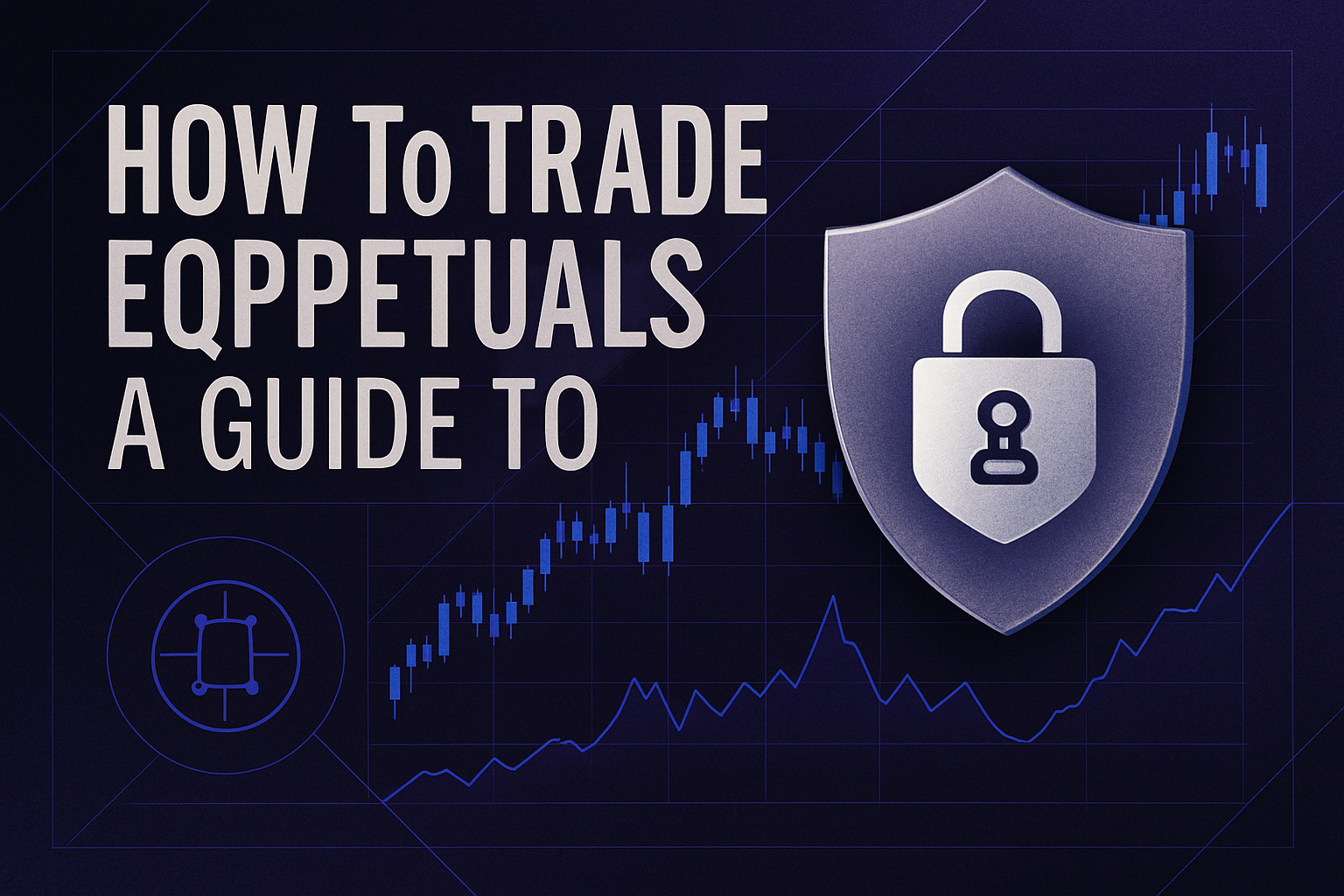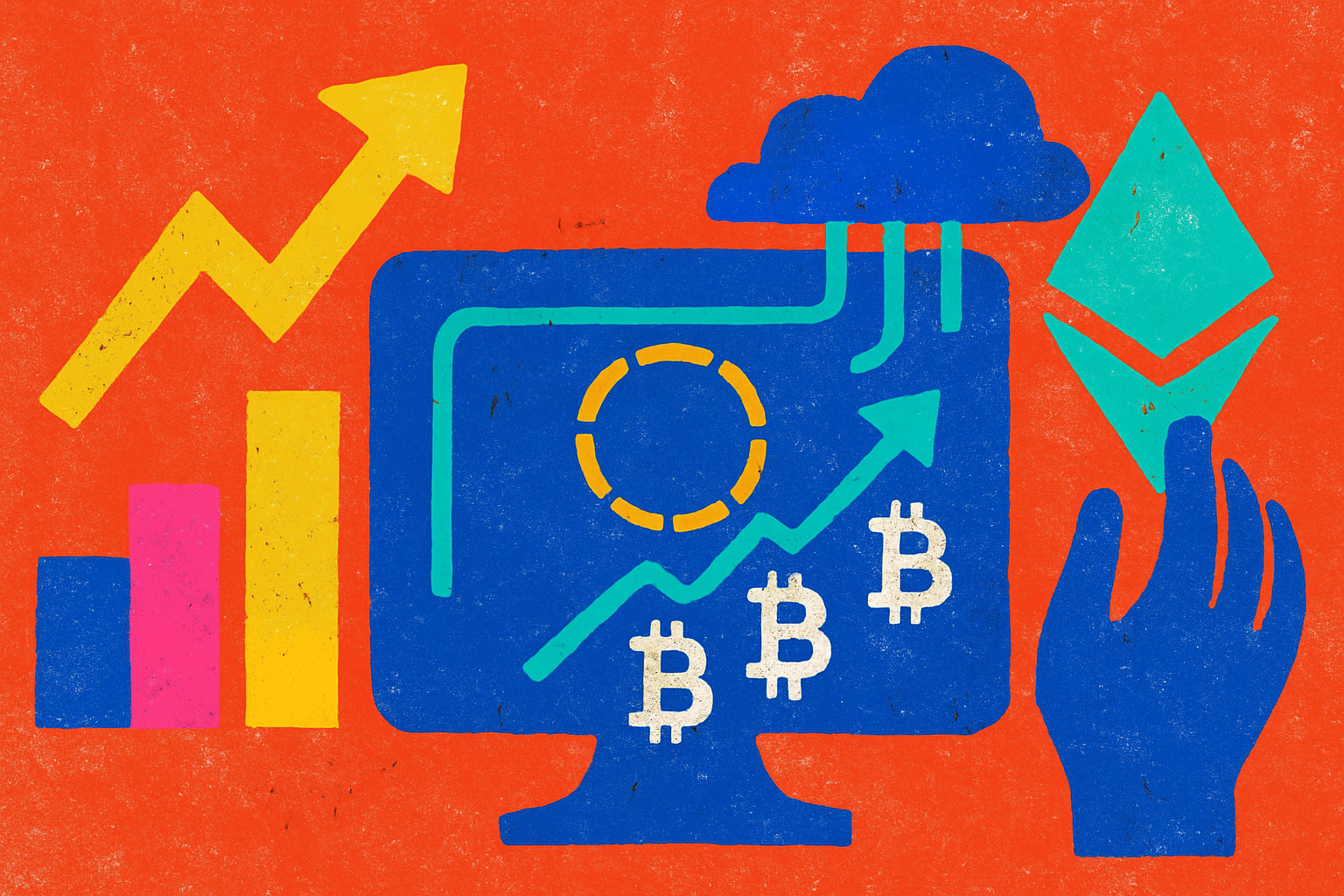
In the relentless evolution of digital markets, the promise of 24/7 trading is no longer exclusive to crypto. Two distinct avenues now offer round-the-clock access: synthetic indices and perpetual decentralized exchanges (perp DEXs). Both claim uninterrupted trading hours, but their underlying mechanics, risk profiles, and market realities diverge sharply. For traders seeking to maximize opportunity and flexibility, understanding where you can really trade 24/7, and what that actually means, has never been more critical.

What Are Synthetic Indices? Controlled Volatility, Infinite Hours
Synthetic indices are algorithmically generated instruments designed to mimic market-like price action, but without direct ties to real-world assets or events. Think of them as perpetual motion simulators: platforms like Deriv and ThinkMarkets offer these products, which operate on mathematical formulas rather than supply-demand dynamics or macroeconomic news. The result? No weekends, no holidays, no circuit breakers, just uninterrupted, algorithm-driven volatility 24/7.
This always-on environment is particularly attractive to traders who want to avoid the unpredictability of geopolitical shocks or earnings surprises. Synthetic indices can be traded at any hour, with liquidity and volatility tailored by the platform’s underlying algorithms. This consistency is both a strength and a limitation, while you get stability in trading conditions, you forgo exposure to actual market events and the authentic price discovery found in traditional or crypto markets.
Perp DEXs: Real Markets, Real Assets, Decentralized Access
Perpetual DEXs (decentralized exchanges for perpetual futures) have rapidly become the backbone of 24/7 trading in crypto, and increasingly, in synthetic stocks and indices. Unlike their synthetic cousins, perp DEXs let traders speculate on real-world assets (crypto, stocks, commodities) with leverage and without expiry dates. Platforms like Hyperliquid and Aster are now pushing boundaries: Aster’s recent launch of 24/7 stock perpetual contracts makes it one of the few global DEXs to offer stock-based perps, opening up new avenues for diversification into equities around the clock.
The growth here is staggering. In September alone, Hyperliquid posted a jaw-dropping $200B in volume, five times Aster’s $20B, with a market cap of $13.2B compared to Aster’s $2.5B. As more perp DEXs race to add traditional assets and improve speed and UX (user experience), they’re drawing both crypto natives and equity traders seeking non-stop access and decentralized control.
The True Nature of 24/7 Trading: Synthetic Indices vs Perp DEXs
So where can you really trade 24/7, and what’s the difference? Both synthetic indices and perp DEXs offer non-stop access, but the substance behind that access varies:
Key Differences: Synthetic Indices vs. Perp DEXs for 24/7 Trading
-
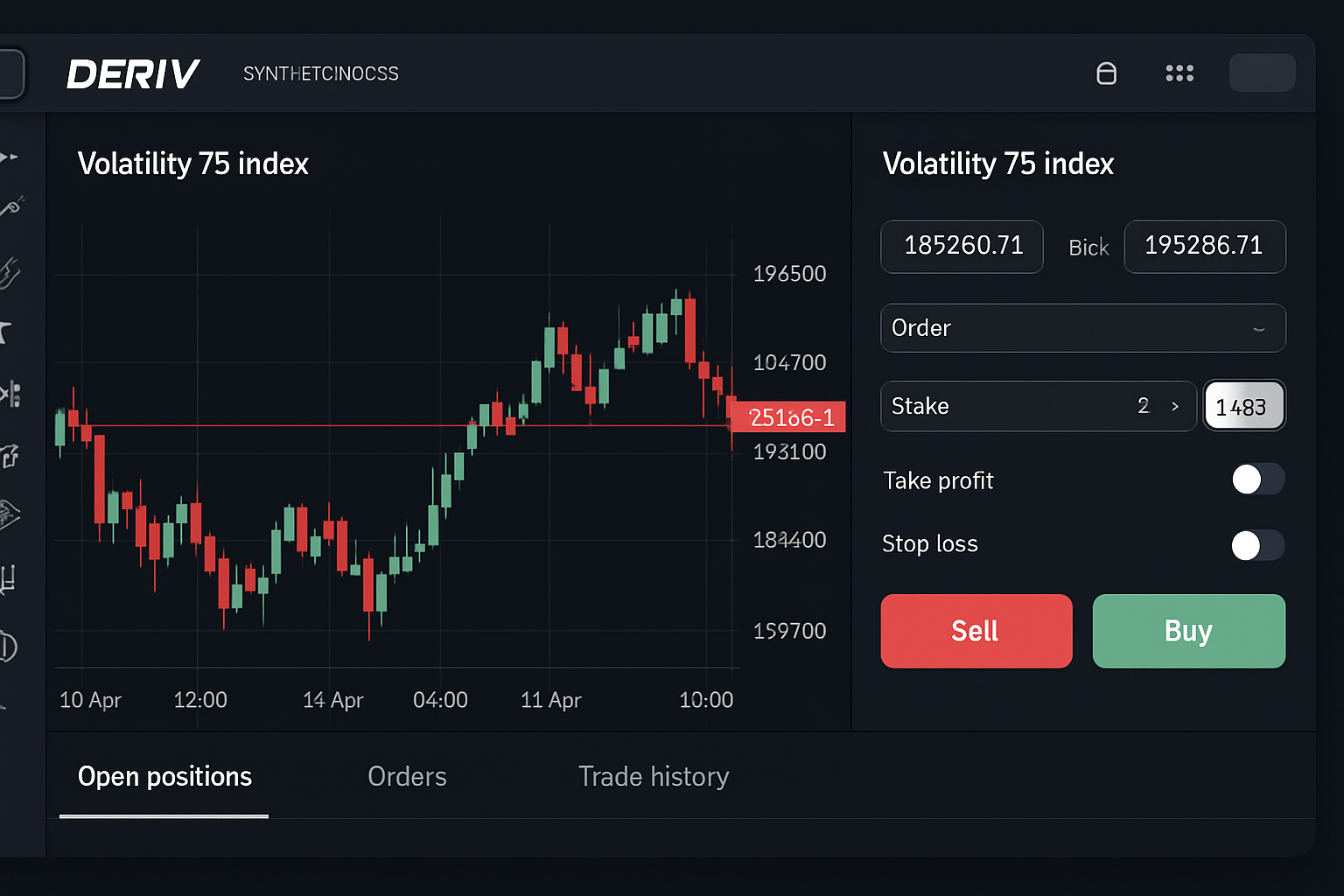
Market Exposure: Synthetic indices (e.g., Deriv, ThinkMarkets) offer exposure to algorithm-generated markets that mimic real-world behaviors but are not tied to actual assets. Perp DEXs (e.g., Hyperliquid, Aster) provide perpetual futures contracts based on real-world assets like cryptocurrencies and, increasingly, equities.
-
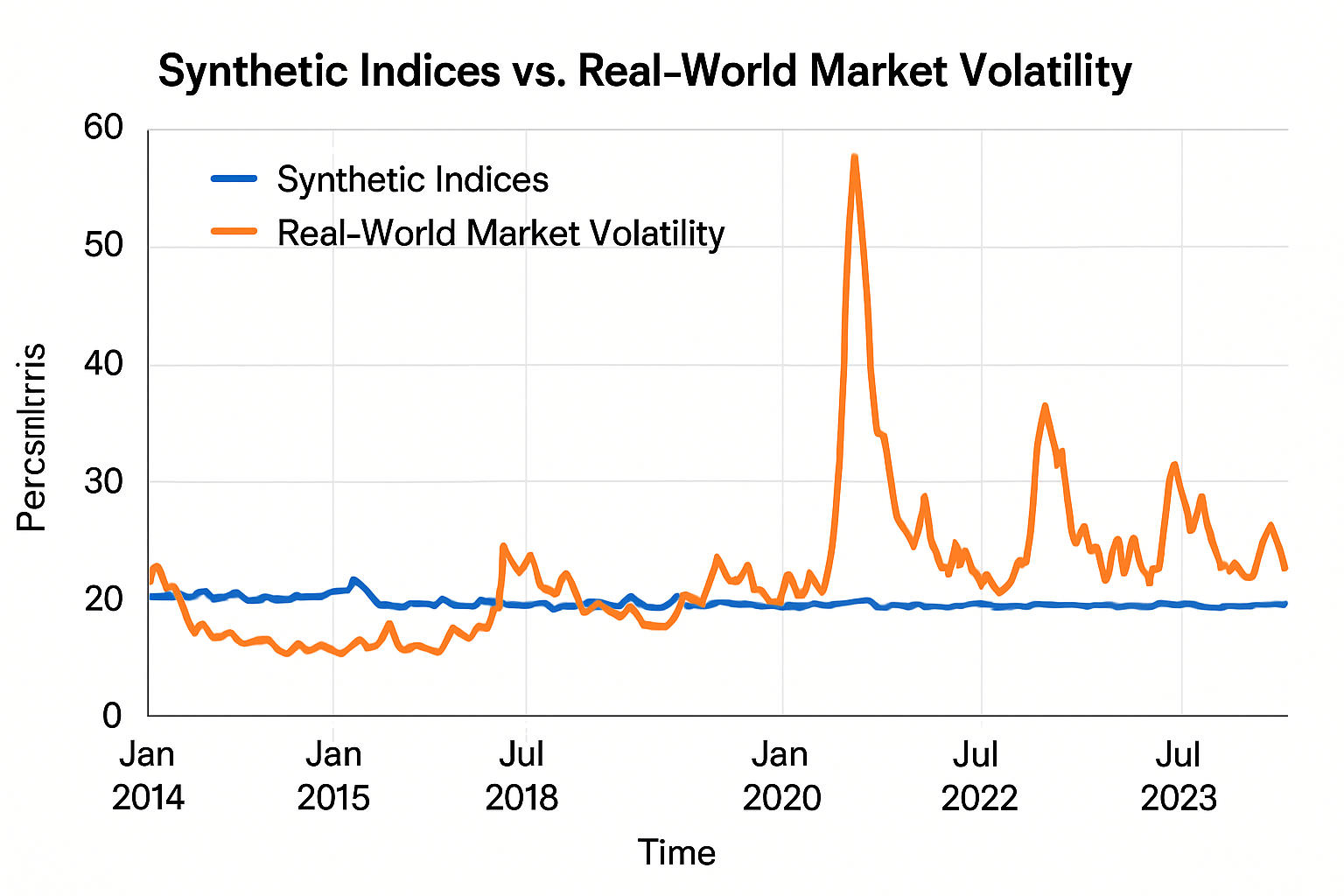
Volatility & Market Influence: Synthetic indices maintain consistent volatility and are unaffected by external news or events. In contrast, perp DEXs reflect real-world market volatility, meaning prices can be influenced by global events, news, and macroeconomic shifts.
-
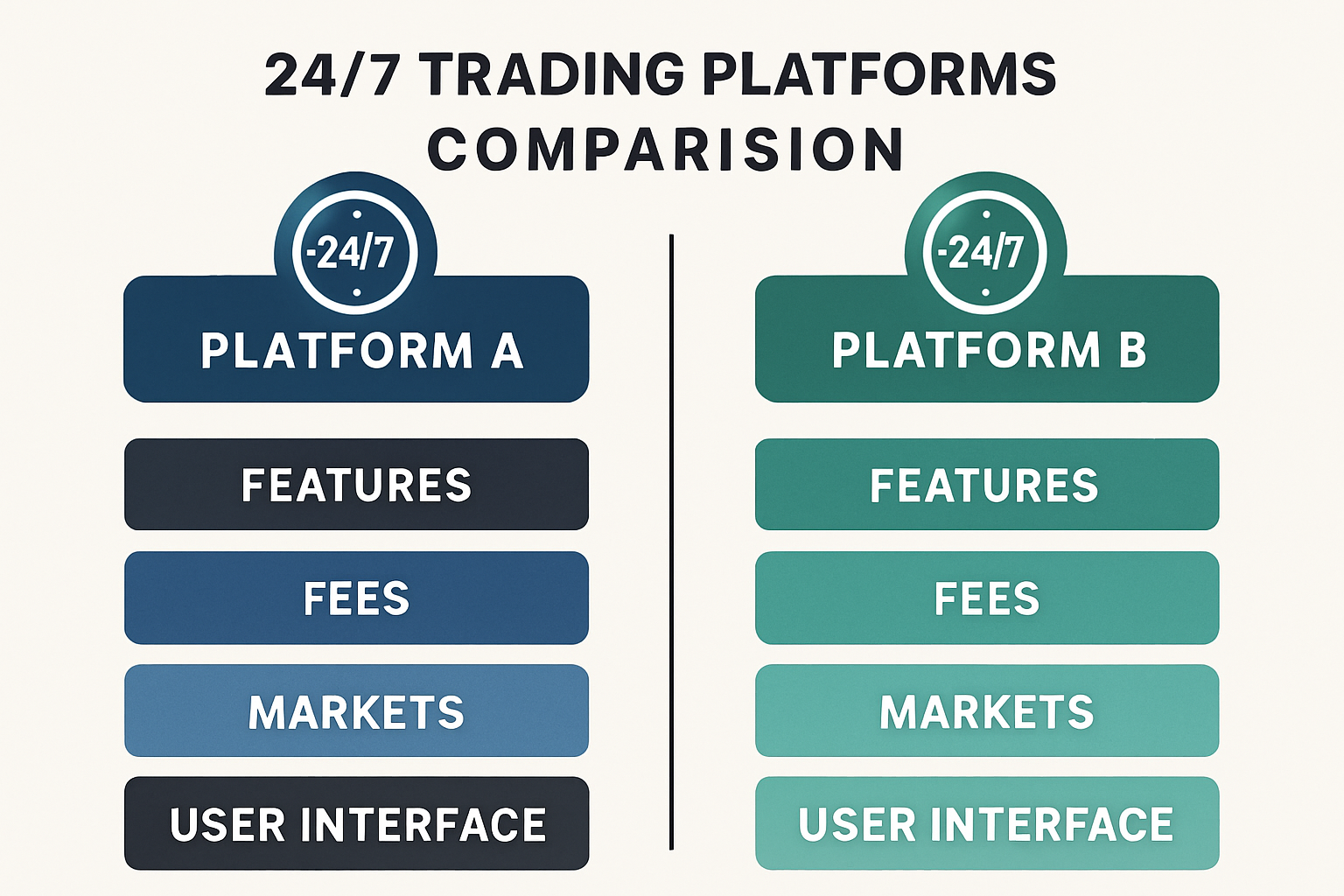
Trading Hours: Both synthetic indices and perp DEXs offer 24/7 trading, including weekends and holidays. However, synthetic indices guarantee uninterrupted access, while some perp DEXs may experience downtime during protocol upgrades or network congestion.
-
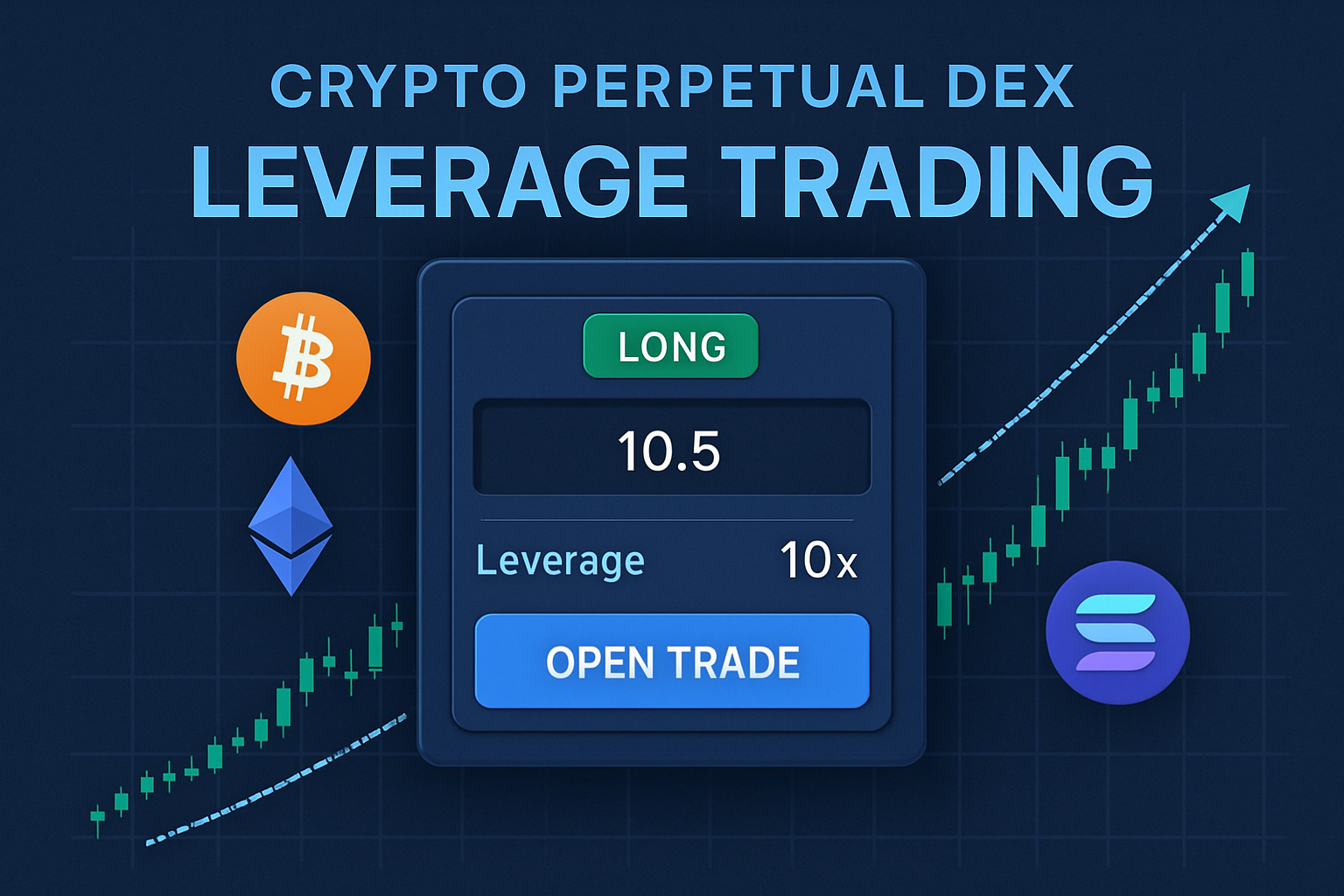
Leverage & Risk: Perp DEXs typically offer high leverage (sometimes up to 100x), increasing both profit potential and risk. Synthetic indices usually have more controlled leverage options, with risks limited to the algorithmic design rather than unpredictable market events.
-
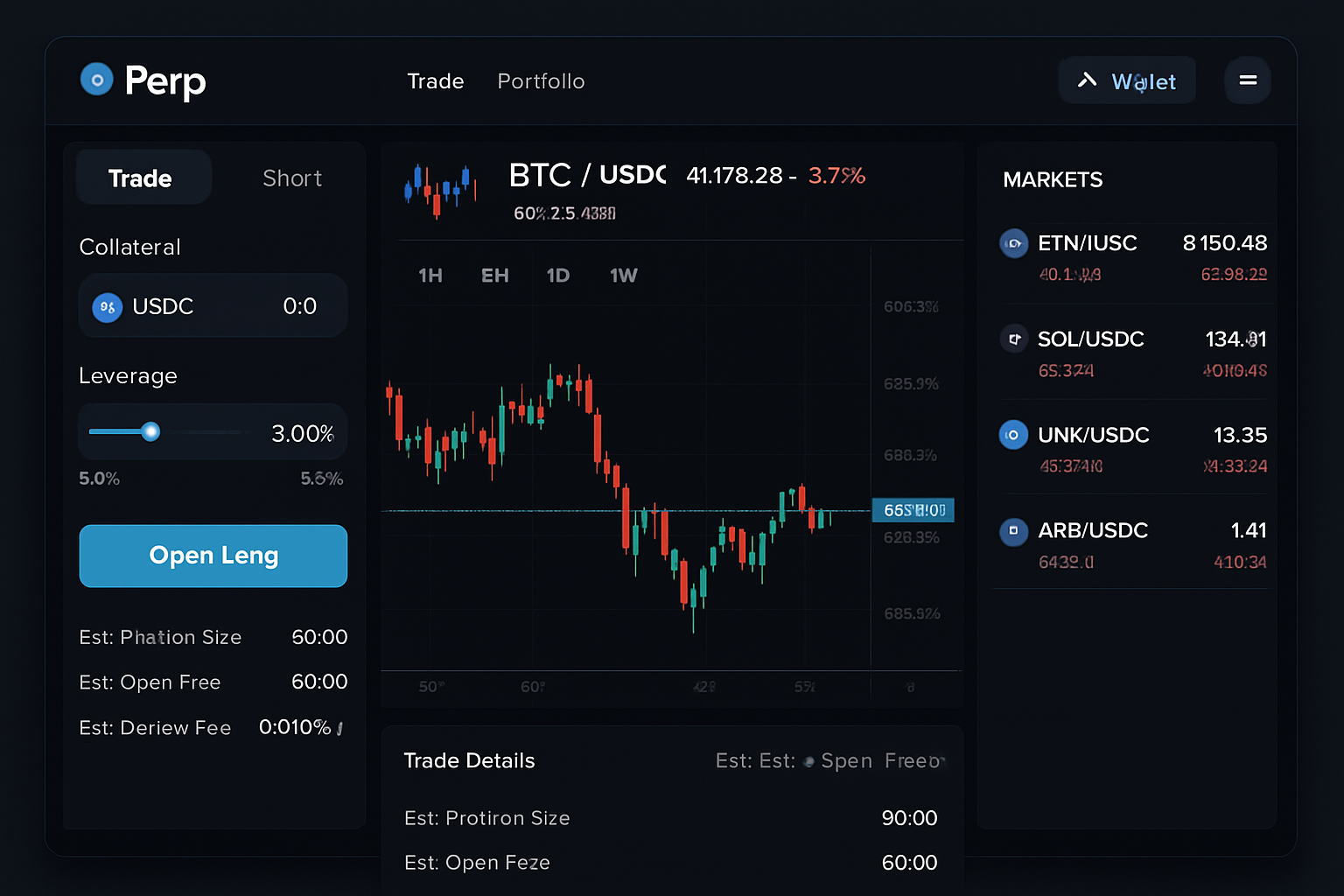
Decentralization & Custody: Perp DEXs operate on decentralized infrastructure, allowing users to retain custody of funds and trade without intermediaries. Synthetic indices are often available on centralized platforms, which may require account verification and custodial deposits.
-
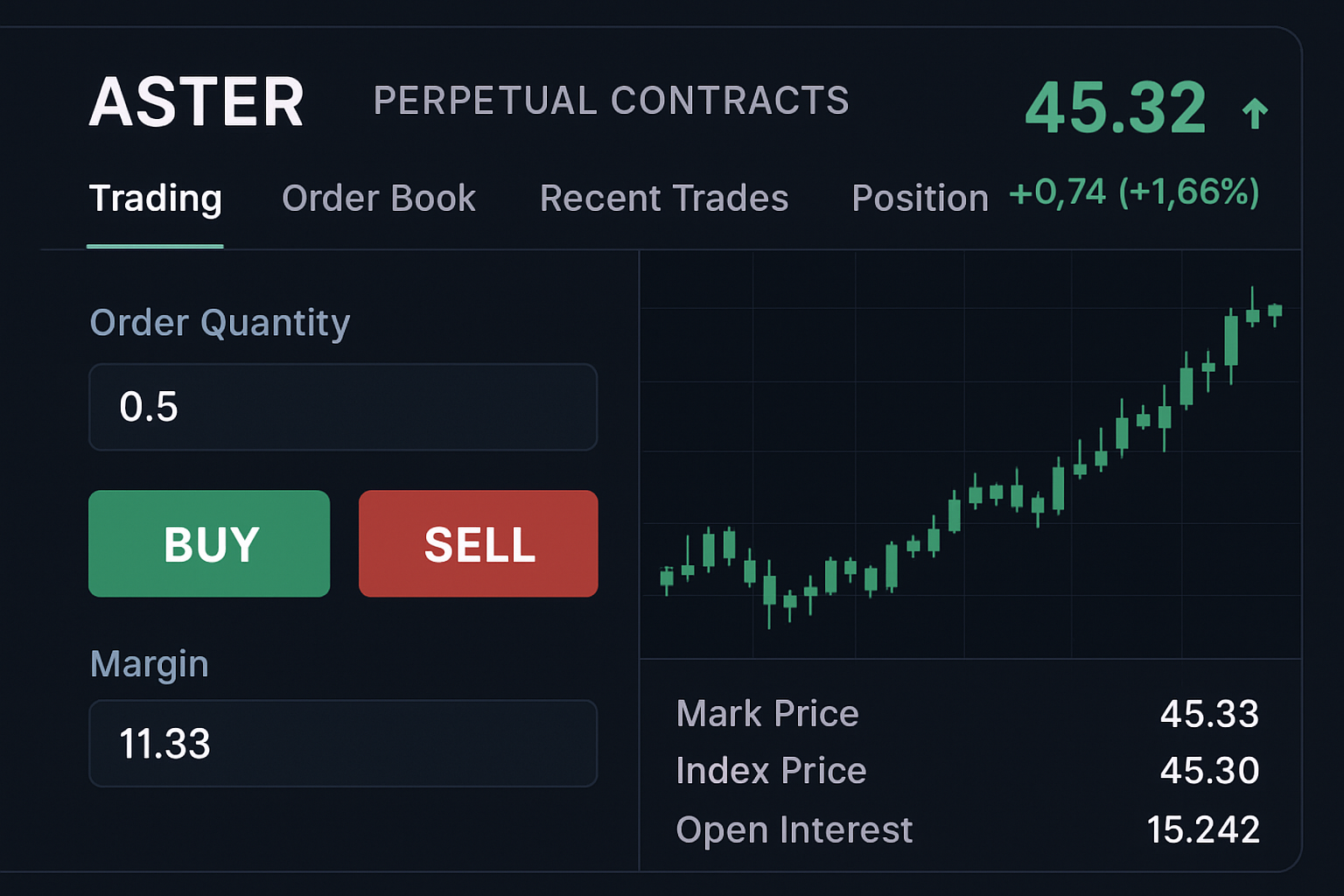
Asset Diversity: Perp DEXs are rapidly expanding beyond crypto, with platforms like Aster now offering stock-based perpetual contracts for equities. Synthetic indices remain focused on algorithmic markets and do not provide direct exposure to real-world assets.
-
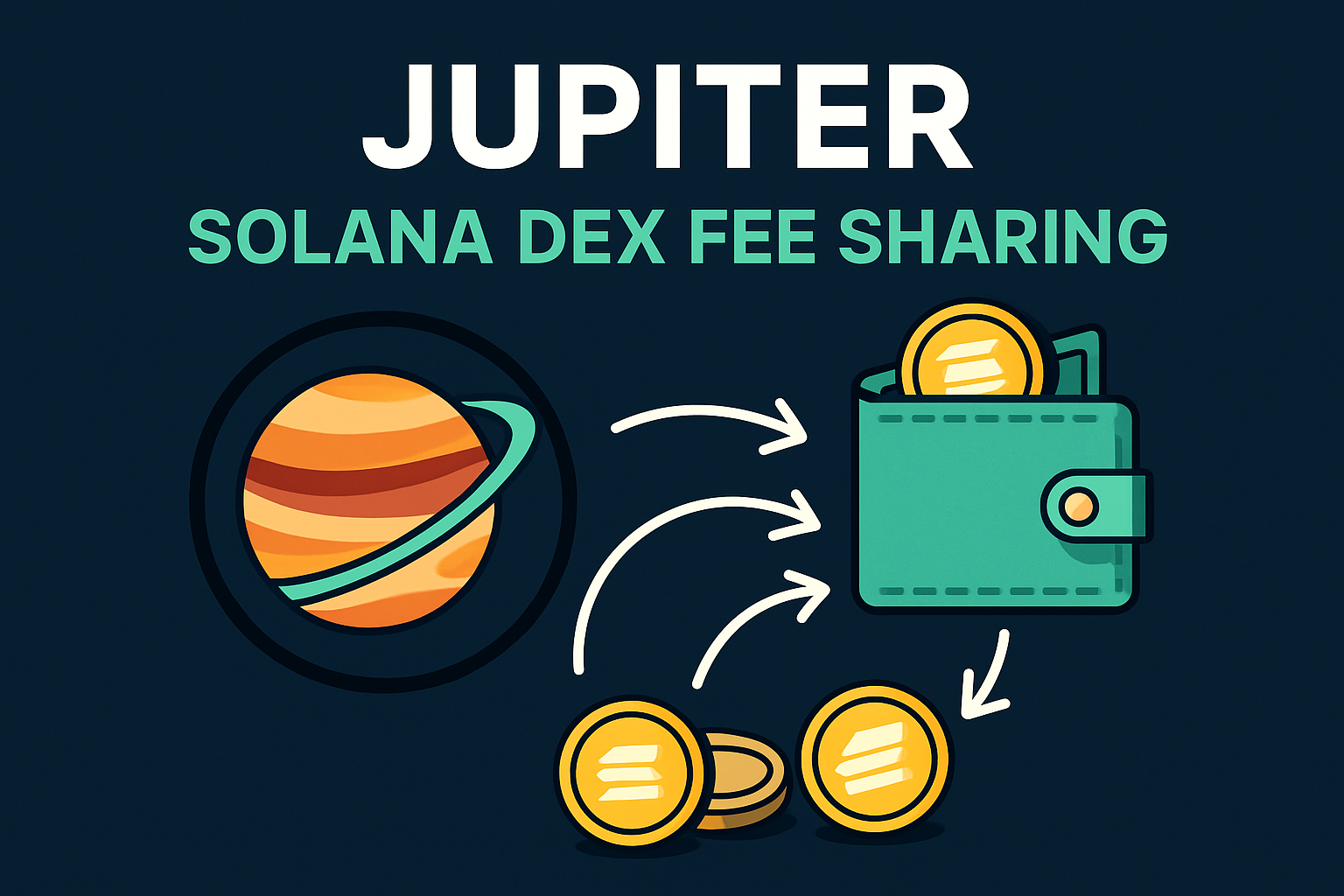
Fee Structures: Synthetic indices platforms typically charge fixed spreads or commissions. Perp DEXs may have variable fees, funding rates, and incentives (e.g., Jupiter on Solana shares 70% of trading fees with liquidity providers).
Synthetic indices guarantee uninterrupted trading because they’re detached from real-world events. There’s no risk of sudden news-driven gaps or liquidity crunches. However, this also means you’re not participating in actual price discovery or macro trends, returns are shaped by the platform’s algorithmic design.
Perp DEXs, by contrast, are plugged into live markets. They reflect real asset prices, be it Bitcoin, Ethereum, or even synthetic stocks, and their perpetual contracts allow for continuous trading regardless of traditional market hours. The risk here is real: volatility spikes around news events can be dramatic, and liquidity can ebb and flow with global participation. But for many traders, this is precisely where the alpha lies.
Why 24/7 Markets Matter, And Who Should Care
The appeal of 24/7 trading isn’t just about convenience, it’s about opportunity and risk management. For algorithmic traders and those in non-Western time zones, the ability to engage with markets at any hour is invaluable. It also means that strategies must adapt: as Investopedia notes, continuous markets demand constant monitoring and robust risk controls. Whether you’re drawn to the engineered consistency of synthetic indices or the raw dynamism of perp DEXs depends on your appetite for risk and your trading philosophy.
For those seeking predictable volatility and a frictionless environment, synthetic indices deliver a unique sandbox. There are no earnings calls, no Fed announcements, and no black swan events. This can be a double-edged sword. While you’re shielded from the chaos of real-world news, you’re also insulated from the upside of genuine market momentum and price discovery. It’s a purist’s game, ideal for strategy testing, algorithmic execution, or grinding out edge in a controlled setting. Yet, seasoned traders know that alpha often lurks in the chaos, something synthetic indices intentionally avoid.
On the other hand, perp DEXs have become the proving ground for those who want to capture real-world volatility, leverage, and the democratization of access. The data is impossible to ignore: with monthly perp DEX volume breaching the $1 trillion mark for the first time, and Hyperliquid’s $200B September volume dwarfing competitors, the appetite for decentralized, non-stop trading is only accelerating. As platforms race to list synthetic stocks and indices, the lines between crypto-native assets and traditional equities are blurring. Traders can now chase moves in Tesla, Apple, or the S and amp;P 500 via synthetic perps, at any hour, from anywhere, with no intermediaries.
Risks, Rewards, and the Reality of Always-On Markets
Still, the freedom of 24/7 access comes with a price. On perp DEXs, liquidity can thin out during off-peak hours, and sudden news can trigger extreme volatility. The absence of circuit breakers means traders must self-manage risk, liquidations can happen in seconds. Synthetic indices, meanwhile, offer smoother rides but may lull traders into complacency or overconfidence, as their volatility is engineered rather than organic.
For those weighing the two, here’s a quick breakdown of the most relevant factors to consider:
Pros & Cons: Trading Synthetic Indices vs. Perp DEXs
-
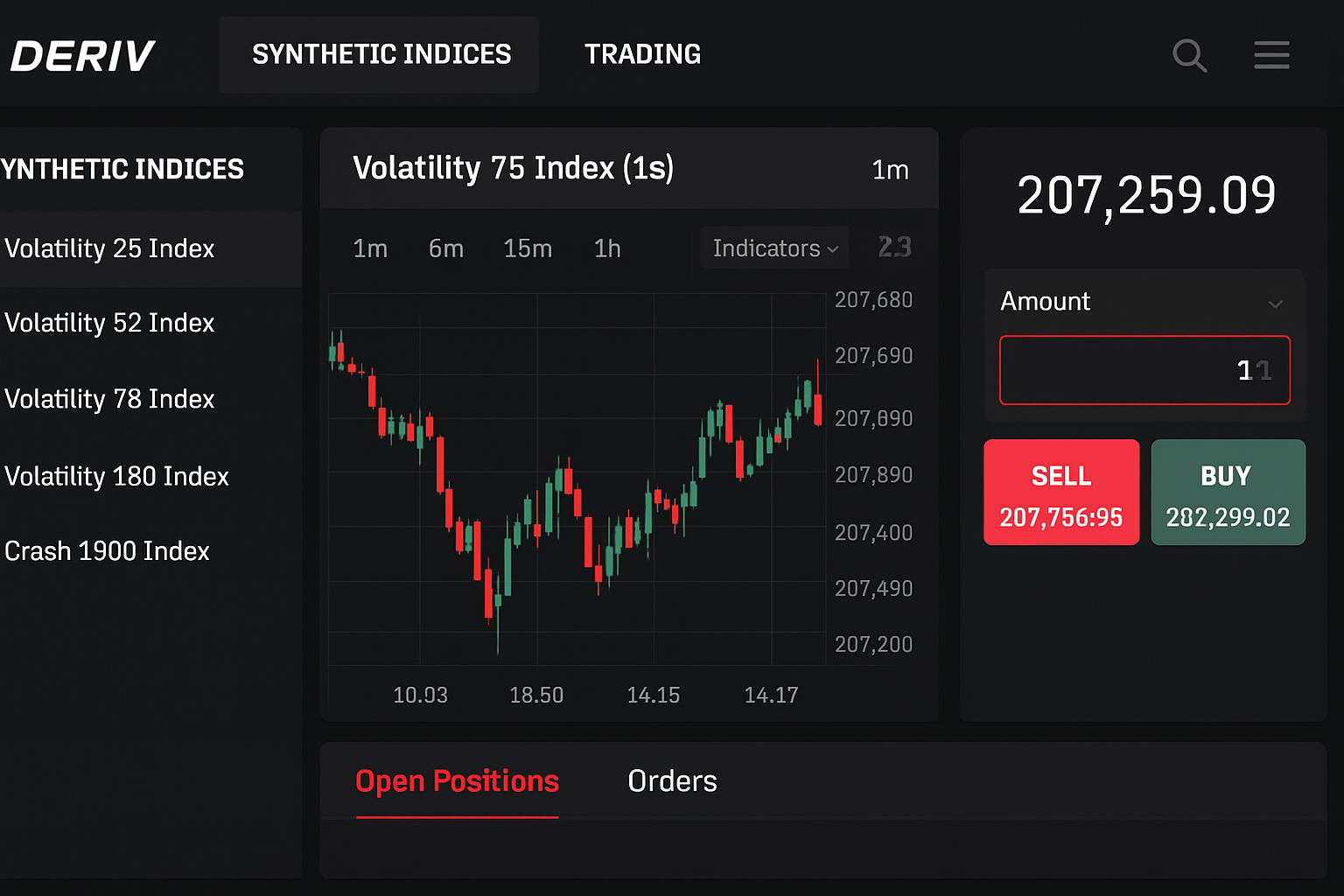
Risk Consistency vs. Real-World Volatility: Synthetic indices (e.g., Deriv) offer predictable, algorithm-driven volatility unaffected by geopolitical or macroeconomic events, reducing the risk of unpredictable price swings. In contrast, Perp DEXs (e.g., Hyperliquid, Aster) expose traders to real-world market shocks, which can amplify both risk and opportunity.
-
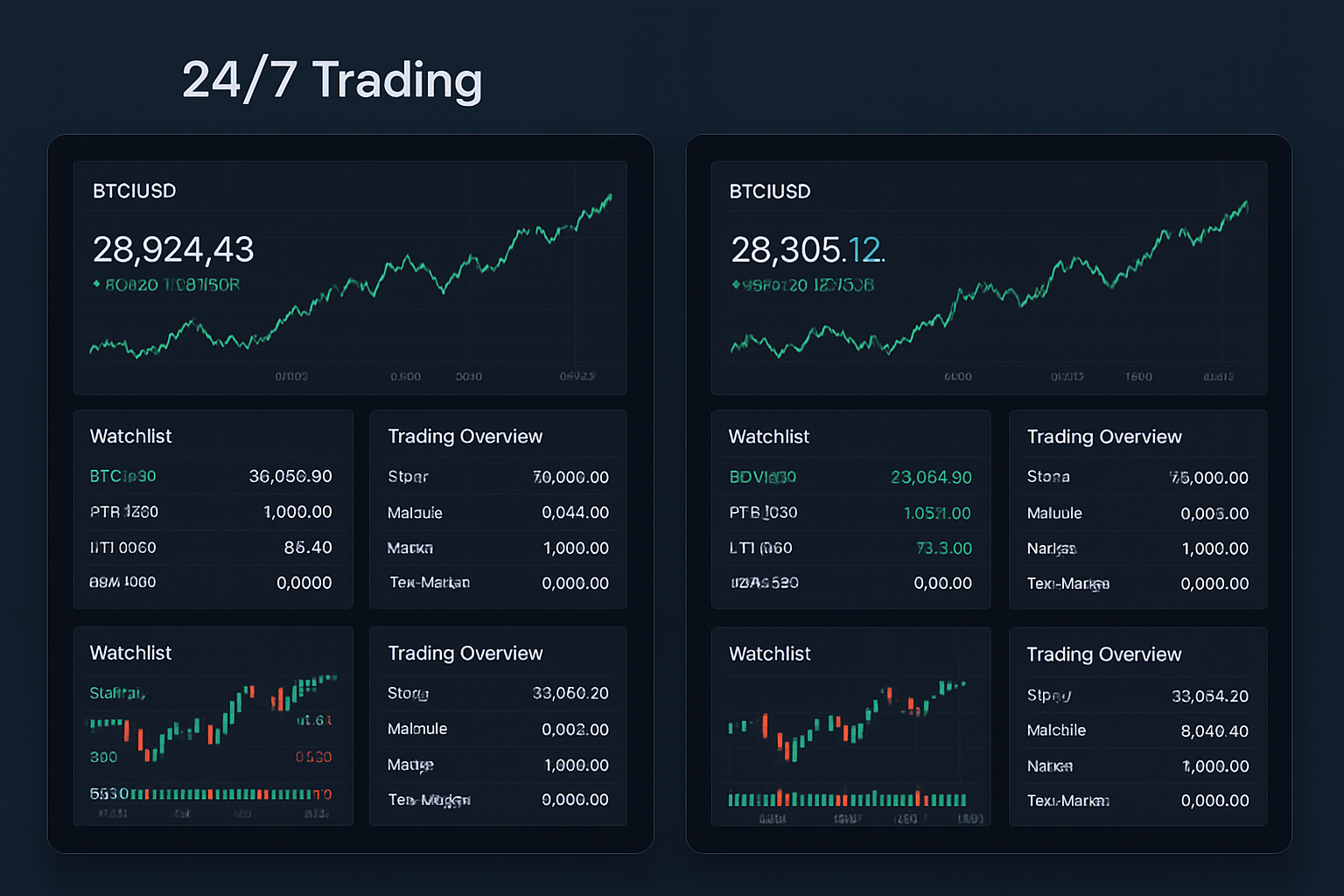
24/7 Market Access: Both synthetic indices and Perp DEXs enable round-the-clock trading, including weekends and holidays. However, synthetic indices are never interrupted by external market closures, while Perp DEXs may face downtime during major blockchain upgrades or congestion.
-
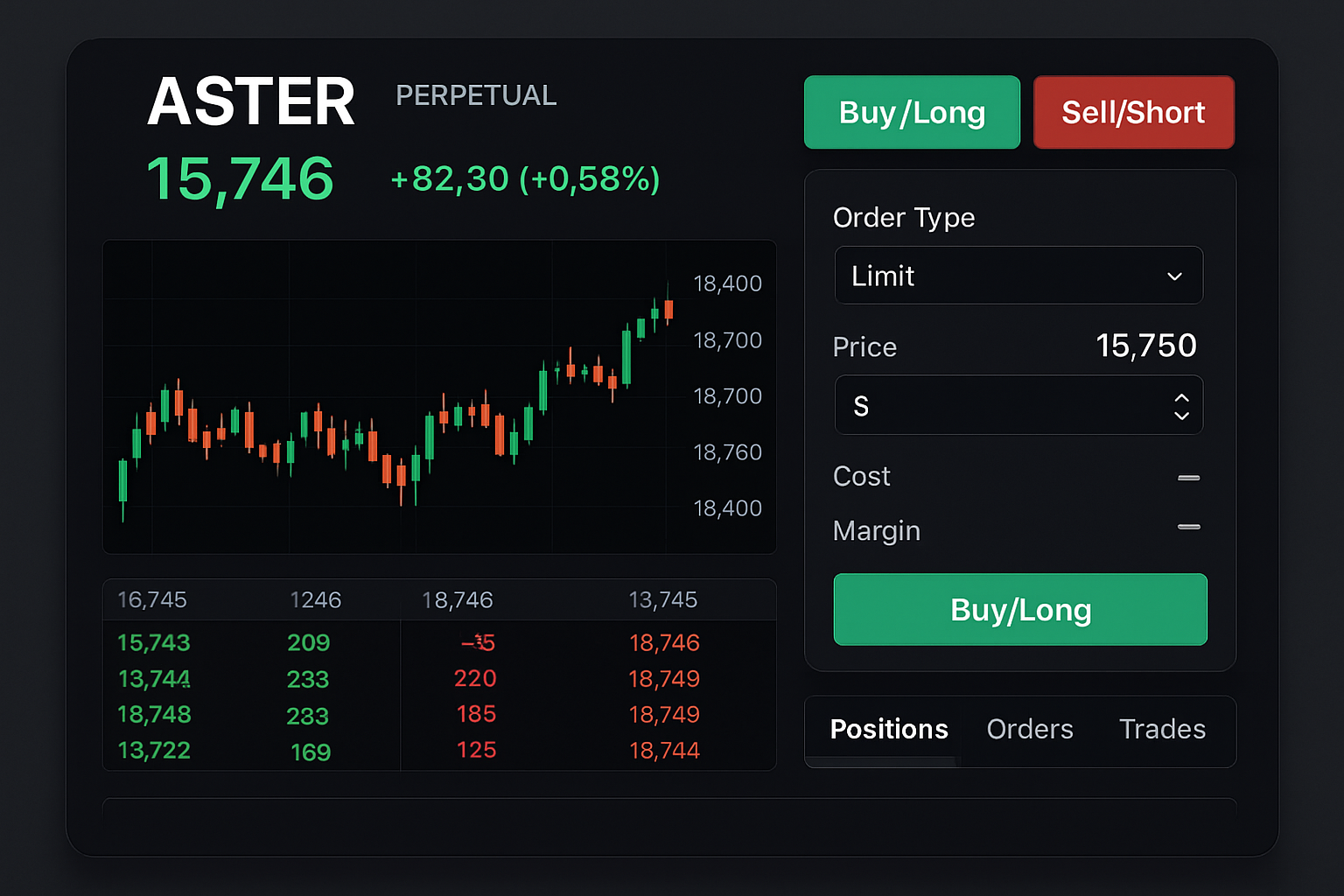
Asset Diversity & Exposure: Perp DEXs like Hyperliquid and Aster now offer stock-based perpetual contracts (e.g., equity perps), letting users diversify into real-world assets. Synthetic indices, by design, do not track actual assets but simulate market behaviors, limiting direct exposure to global economic trends.
-
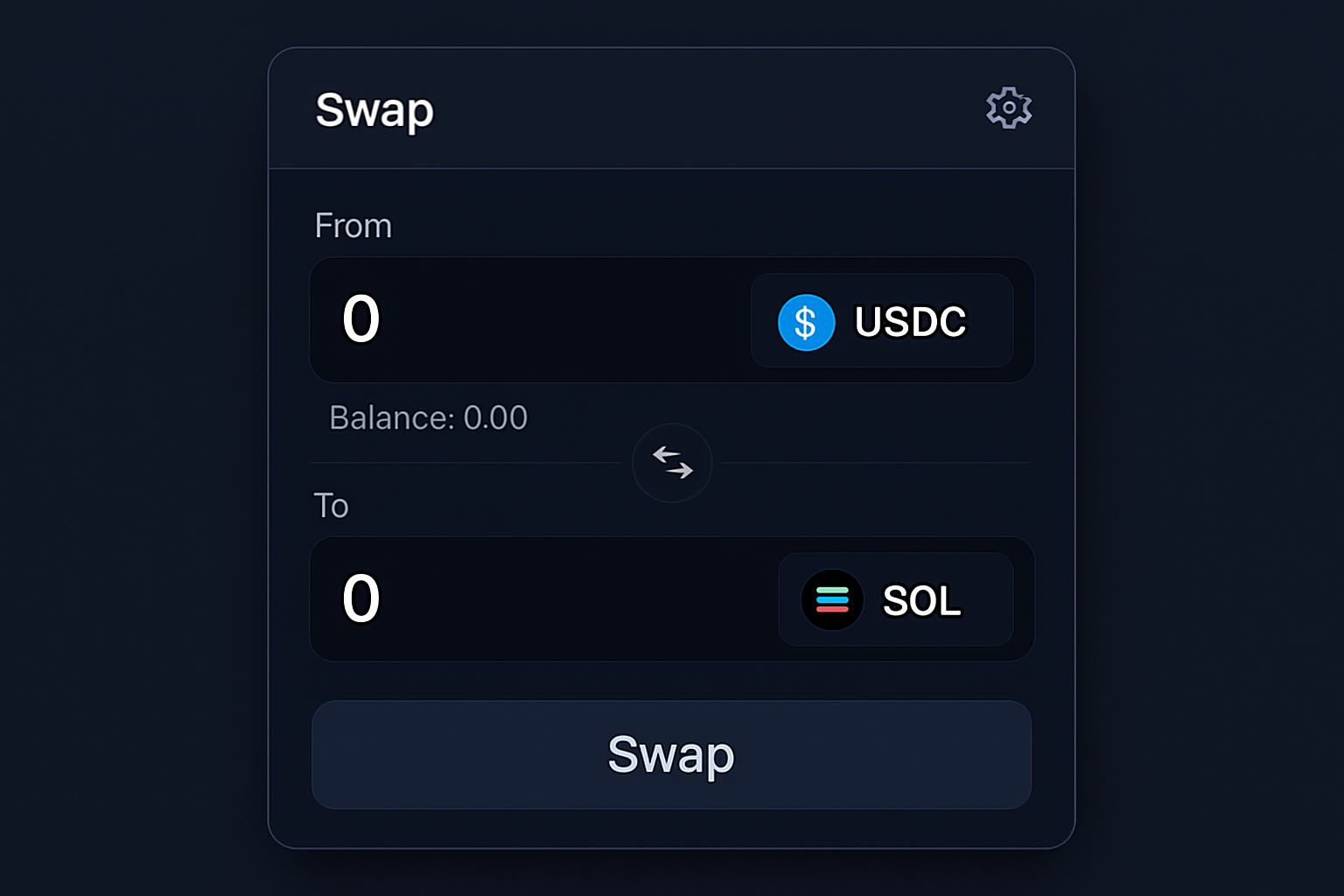
User Experience & Platform Features: Modern Perp DEXs (e.g., Jupiter on Solana, GMX) emphasize fast execution, deep liquidity, and decentralized control. Synthetic index platforms like Deriv focus on simplicity and consistent trading conditions, often appealing to newer traders seeking a controlled environment.
-
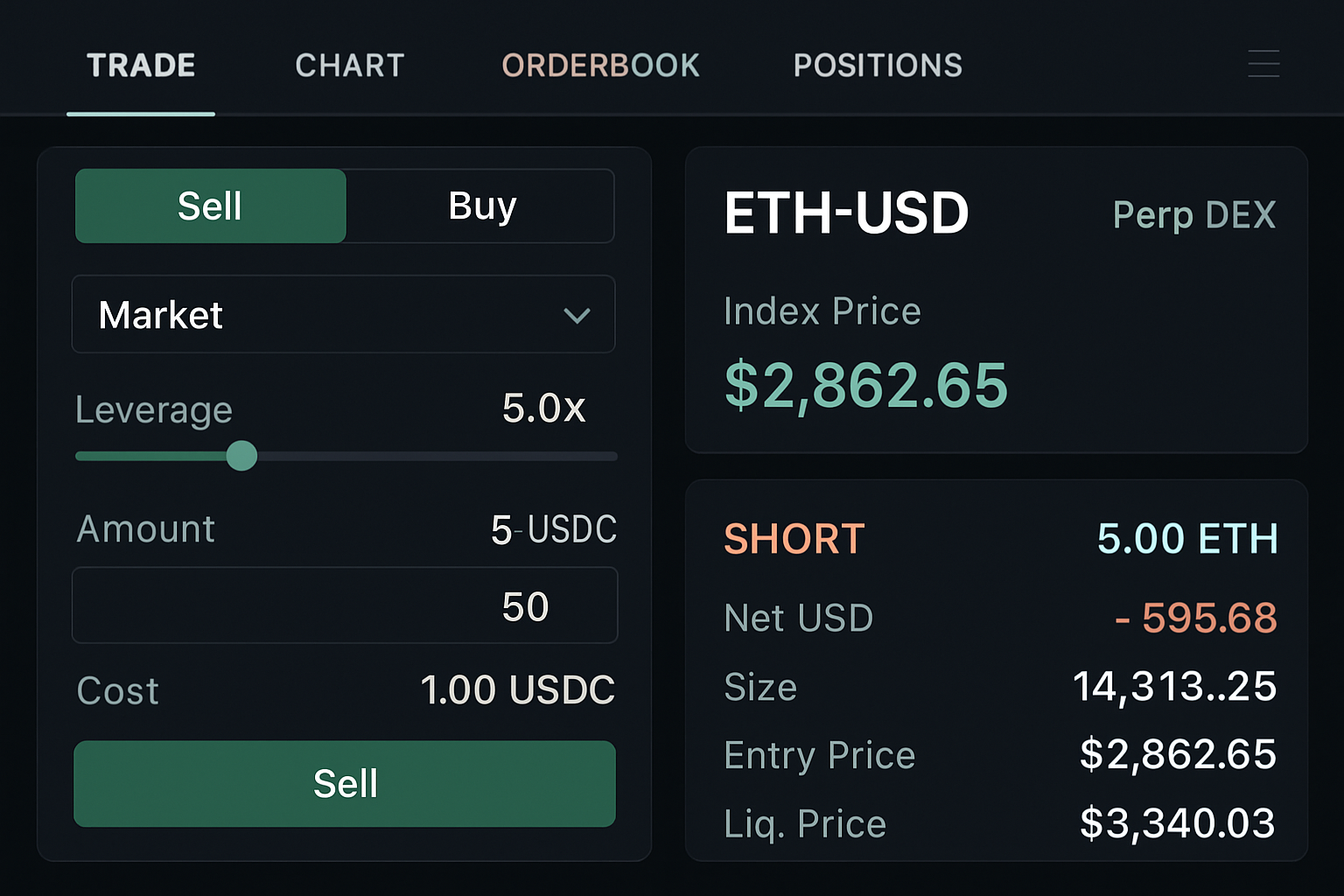
Leverage & Trading Strategies: Perp DEXs typically offer high leverage and advanced order types, supporting complex strategies for experienced traders. Synthetic indices usually provide moderate leverage and simpler order options, making them accessible but less flexible for sophisticated strategies.
-
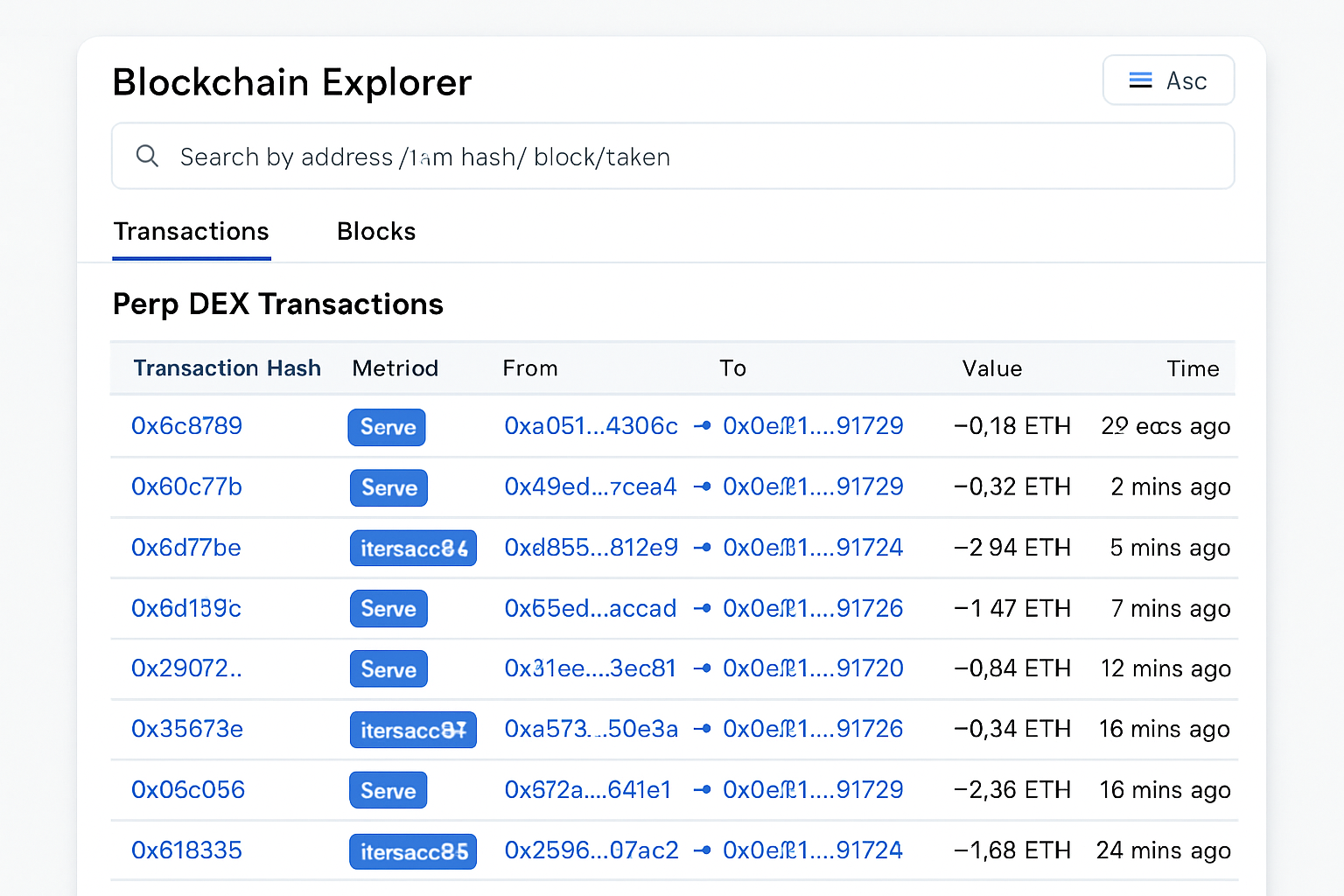
Transparency & Decentralization: Perp DEXs operate on-chain, offering transparency, non-custodial trading, and often community governance. Synthetic indices are generally proprietary and off-chain, relying on the trustworthiness of the platform operator for fairness and reliability.
The bottom line: synthetic indices vs. perp DEXs is not a binary choice. Many advanced traders use both, calibrating strategies to exploit the strengths of each. The rise of platforms like Aster, offering 24/7 stock perpetuals, signals a future where the boundaries between synthetic and real-asset trading continue to dissolve. As always, the edge goes to those who understand not just where they can trade 24/7, but how those markets truly function beneath the surface.
Want to go deeper into the mechanics and risks of trading synthetic stocks on decentralized platforms? Check out our full breakdown here.


